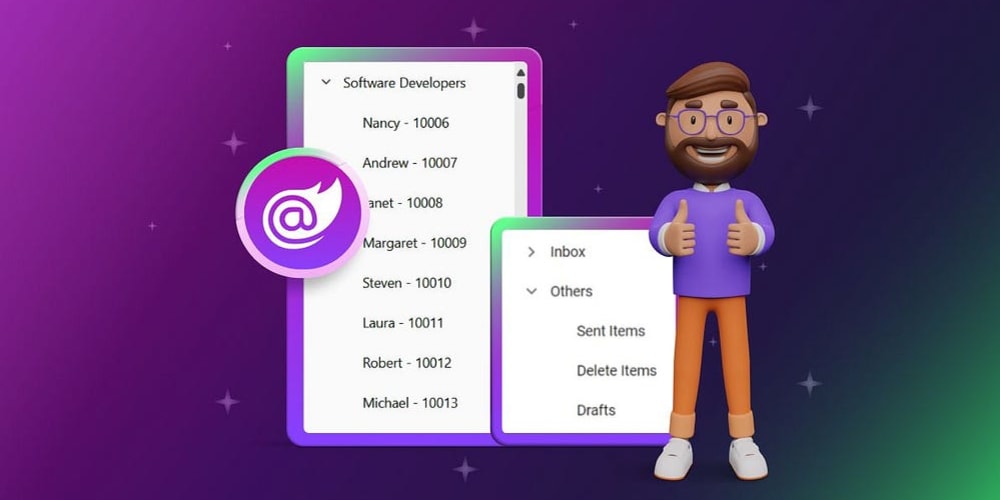In ServiceNow Flow Designer, subflows are reusable actions or smaller units of logic that can be called from a parent flow or another subflow. They cover specific processes, making them reusable and easier to maintain across different automation scenarios. This flexibility helps simplify workflows, particularly in complex automation environments.
Subflows allow developers to create reusable logic without rewriting the same steps repeatedly in various flows. These components are essential in managing complexity, improving maintainability, and enhancing overall system efficiency.
Key Components of Subflows
Inputs: These are the data or parameters provided to the subflow when it is executed. They define what information the subflow needs to perform its tasks.
Outputs: After the subflow runs, it can return data to the calling flow through outputs. These outputs can be used by the parent flow to make further decisions or trigger other actions.
The Difference Between Inputs and Outputs in Subflows
Inputs: Inputs are like the ingredients you pass into a recipe. They are the parameters that the subflow requires to operate. For example, if you have a subflow to create an incident, inputs might include:
• Short description
• Priority
• Assignment group
• Caller
Outputs: Once the subflow runs its course, outputs are the results or the outcome that can be passed back to the main flow. For example, in the same incident creation subflow, outputs might include:
• Incident number
• Incident sys_id
• Created date
Inputs are essentially the information you provide the subflow to work with, and outputs are the useful data you get after the subflow completes its task.
Let’s break down a basic use case to understand how subflows work in a real-world scenario. We’ll create a subflow that handles the creation of change requests.
In the sub-flow we will:
- Create a change request.
- Set assignment group in change request.
- Send an email to assignment group.
Watch this 14 minute Youtube video on automating change request using sub flows.
Advantages of Using Subflows
- Reusability: Once created, a subflow can be reused in multiple parent flows, reducing redundancy and improving maintenance.
- Simplicity: Break complex flows into smaller, manageable subflows, simplifying the overall design.
- Maintainability: When a subflow is updated, any flow using it benefits from the update, enhancing consistency across the platform.
Best Practices for Working with Subflows
• Limit Inputs and Outputs: Keep your inputs and outputs concise and relevant. Avoid overloading subflows with unnecessary parameters.
• Test Regularly: Make sure to test subflows independently before integrating them into a larger flow. This ensures they work correctly in isolation.
• Use Subflows for Repetitive Tasks: If a task is common across multiple flows, create a subflow to handle it, saving development time and reducing duplication.
Conclusion
Subflows are powerful tools in ServiceNow Flow Designer, enabling developers to create reusable logic that can simplify complex workflows. By understanding the differences between inputs and outputs, and using practical use cases like the change automation subflow, developers can build efficient and maintainable solutions.
Subflows are particularly useful when multiple flows share similar logic or actions, ensuring consistency across processes while reducing the risk of errors.
#TheWorldWorksWithServiceNow :)
-ServiceNow Product documentation on SubFlows:
https://docs.servicenow.com/bundle/xanadu-build-workflows/page/administer/flow-designer/concept/subflows.html
-ServiceNow Product documentation on Flow Designer:
https://docs.servicenow.com/bundle/washingtondc-build-workflows/page/administer/flow-designer/concept/flow-designer.html
-Watch Youtube Video on SubFlows:
https://youtu.be/Kqhq4-KhPX8



















